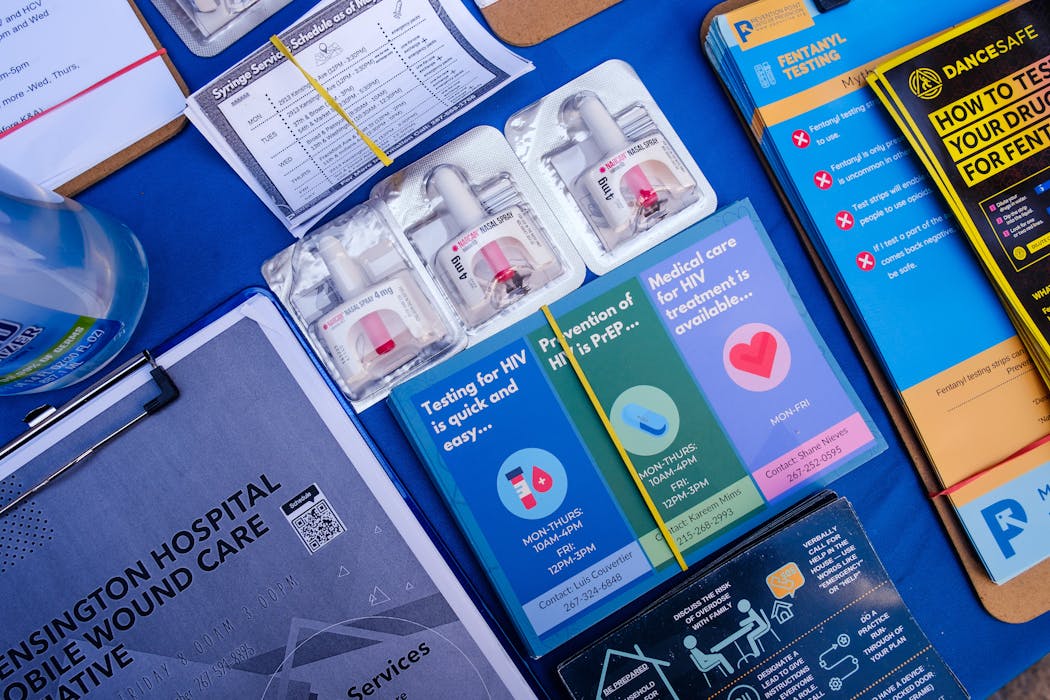Source: The Conversation – UK – By Jeremiah Stanley, Postdoctoral Researcher, Viral and Cancer Genes, University of Limerick
Serotonin is often described as the happiness chemical because of its well-known role in regulating mood. However, recent research suggests this familiar molecule may play an unexpected role in cancer development. Not through its effects on the brain, but through a completely different mechanism in other parts of the body.
Despite serotonin being commonly associated with the brain, almost 95% of the body’s serotonin is produced in the gut. From there, it enters the bloodstream and travels to various organs and tissues, including the liver, pancreas, muscles, bones, fat tissue and immune cells.
Gut serotonin helps regulate blood sugar levels through its actions on the liver and pancreas, and regulate body temperature by acting on fat tissue. It also contributes to maintaining healthy bones, stimulating appetite and gut motility, stimulating sexual health, promoting wound healing, and supporting immunity against harmful microbes. It essentially drives the functions of many cells throughout the body, and its effects extend far beyond mood regulation.
In 2019, scientists at the Icahn School of Medicine at Mount Sinai in New York discovered that serotonin can enter cells and interact directly with DNA. They found that it binds to molecular “switches” that control whether genes are active or inactive – and this binding can turn specific genes on.
Studies since then have shown that serotonin can switch on genes involved in cancer growth. This mechanism has been seen in brain, liver and pancreatic cancers – and it may play a role in many other types of cancer.
My colleagues and I at the University of Limerick in Ireland are currently investigating the interaction between serotonin and DNA to better understand how it influences cancer. Identifying the specific sites where serotonin binds to cancer-related genes could support the development of targeted “epigenetic” therapies – treatments that control which genes are switched on or off.
Epigenetic therapies aim to reprogramme cancer cells by adjusting their gene activity directly. They can specifically turn off the harmful genes and turn on the beneficial ones in cancer cells without altering the DNA sequence itself. Such therapies may one day attack cancer cells with greater precision than current methods: surgery, chemotherapy and radiotherapy. (While these approaches can be life-saving, they are often aggressive, carry significant side-effects and do not always prevent recurrence.)
Scientists are also exploring how serotonin produced in the gut reaches cancer cells. Understanding this pathway could allow doctors to manage serotonin levels in patients. Approaches might include dietary changes, maintaining a healthy gut microbiome, or using antidepressant drugs called “selective serotonin reuptake inhibitors” (SSRIs).
Cells take up serotonin through tiny “transport channels” and the SSRIs block these channels, limiting serotonin’s entry into cancer cells. These drugs increase serotonin levels in the body but prevent it from reaching the DNA to cause their cancer-promoting effects. This strategy could complement existing therapies and possibly improve their effectiveness.

CJSD/Shutterstock.com
Untangling serotonin’s double life
Brain and gut serotonin operate largely independently. The serotonin that influences mood does not appear to drive cancer growth. For instance, people with depression may have lower serotonin activity in the brain, but the serotonin produced in the gut doesn’t seem to have a clear effect on brain serotonin. SSRI antidepressants, such as Prozac, Celexa and Zoloft, act by increasing serotonin levels in the brain and, therefore, people taking these pills need not worry that their pills may be driving cancer.
On the contrary, as mentioned above, early studies suggest that SSRIs could have beneficial effects against certain cancers – although larger clinical trials are needed to confirm this.
Our research aims to build a detailed understanding of serotonin’s role across different tissues and cellular pathways, potentially opening new avenues for treatment. However, significant challenges remain.
A clearer understanding of how serotonin interacts with cancer-related genes is needed to determine which targets are most effective. Accurate delivery systems must also be developed to ensure epigenetic drugs reach their intended sites of action. Most importantly, encouraging results from cell-based experiments must be validated in ethically designed animal studies and human clinical trials before meaningful progress can be claimed.
If therapies can be developed to target serotonin’s activity specifically in cancer cells, tumours could become less aggressive and easier to remove surgically, with a lower risk of recurrence.
A more complete understanding of serotonin’s functions in the body – across mood, metabolism and cancer – may guide the development of more precise and effective therapies in the future.
![]()
Jeremiah Stanley receives funding from the Horizon Europe research and innovation programme of the European Commission.
– ref. Scientists are uncovering serotonin’s role in cancer – here’s what we know – https://theconversation.com/scientists-are-uncovering-serotonins-role-in-cancer-heres-what-we-know-266199
















